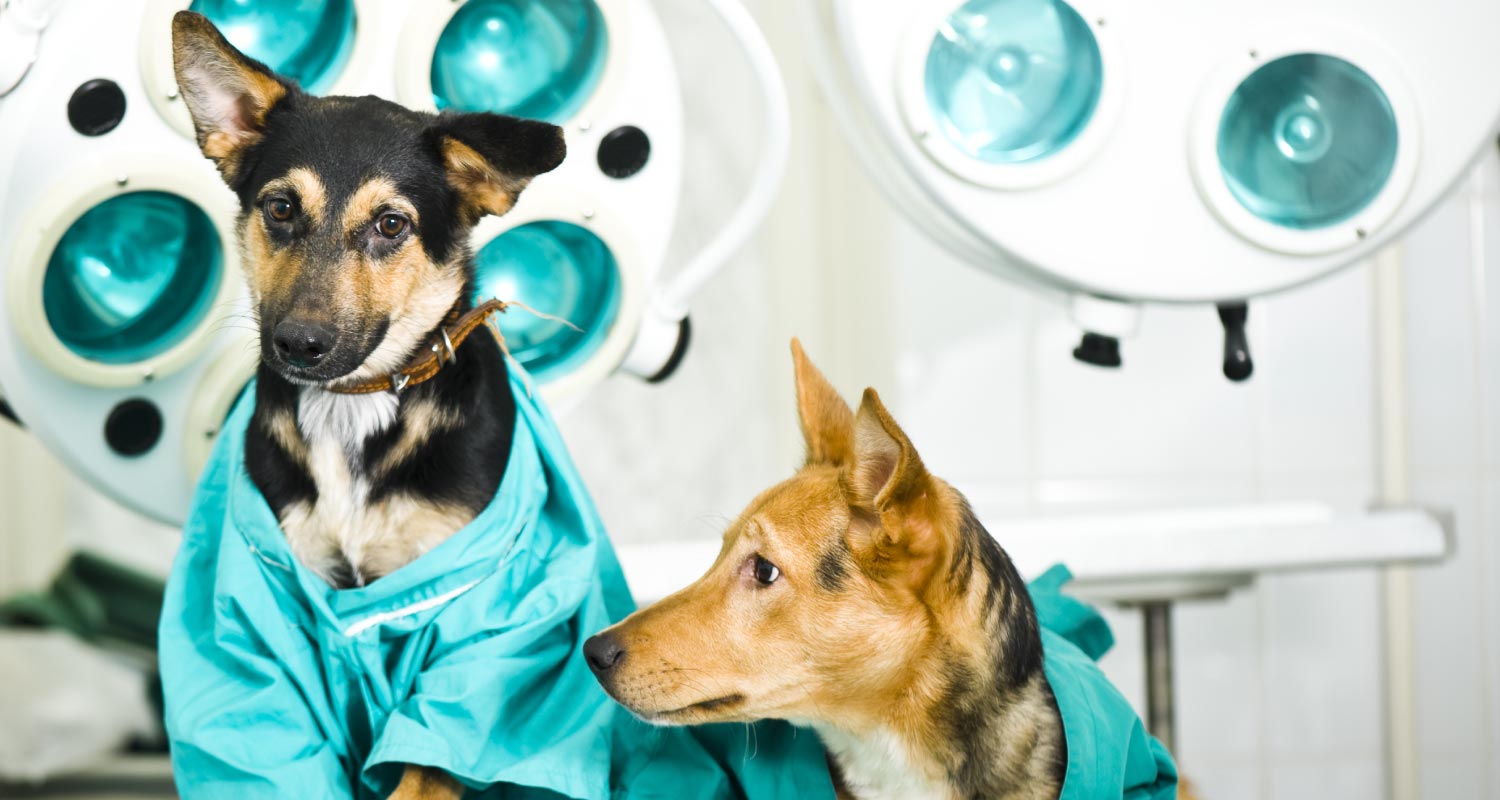HEALTH & WELLNESS

VOTING BOOTH

TRENDING

LIONS FOUNDATION OF CANADA DOG GUIDES
Lions Foundation of Canada Dog Guides and its founding program, Canine Vision Canada, was established in 1983. It’s the largest school of its kind in Canada with its training school in Oakville and breeding facility in Breslau.
10 Common Canine Cancers: Part 2

This is Part 2 of Common Canine Cancers:
Read Part 1 first.
MELANOMA
A melanoma is an aggressive, malignant tumour of melanin-forming cells associated with skin cancer. Areas that melanomas tend to target are eyes, footpads and nail beds. Tumours also spread to organs. Possible Early Signs: Eye that drains and a swollen paw.
ORAL MELANOMA
Oral melanoma is one of the most common oral cancers seen in dogs. This type of cancer can develop anywhere around the mouth or oral cavity and spread. Dogs with dark or black colouring in their mouths are at increased risk of developing oral melanoma. A sore (inside or close to the mouth) can be an early sign of oral melanoma. Treatment Options: Surgery, radiation therapy, chemotherapy, immunotherapy or a combination.
OSTEOSARCOMA
Osteosarcoma is a type of bone cancer that’s very common in dogs. These tumours are usually malignant, grow quickly and can spread. Larger breeds aged 4 to 7 are at increased risk of developing an osteosarcoma tumour (usually in a limb). Early Signs: Lameness and swelling.
PRIMARY LUNG TUMOUR
Older dogs are more likely to develop lung cancer than younger dogs. It is often picked up by chance when X-rays are done during a check-up or other screening. A CT scan can provide more information. Pulmonary adenocarcinoma, the most common type of lung cancer in canines, causes 80% of primary lung cancer.
THYROID CARCINOMA
Older dogs are more likely to develop a thyroid tumour. It can present as a fixed or movable lump in the throat area, particularly over the windpipe covering the voice box. Signs include difficulty breathing and swallowing, weight loss and hoarseness. Treatment will depend on the affected dog’s condition.
Regular check-ups (yearly and whenever your dog is ill) are essential because early signs of cancer may be detected and diagnosed which means treatment can start sooner.
PART 1 of Common Canine Cancers features overviews of:
- Hemangiosarcoma
- Lipoma
- Lymphoma
- Mammary Gland Carcinoma
- Mast Cell Tumours
![]() Did you notice any concerning changes in your dog’s behavior or health? Act now! Consult with your veterinarian today! Find a veterinarian near you.
Did you notice any concerning changes in your dog’s behavior or health? Act now! Consult with your veterinarian today! Find a veterinarian near you.
Related Articles








